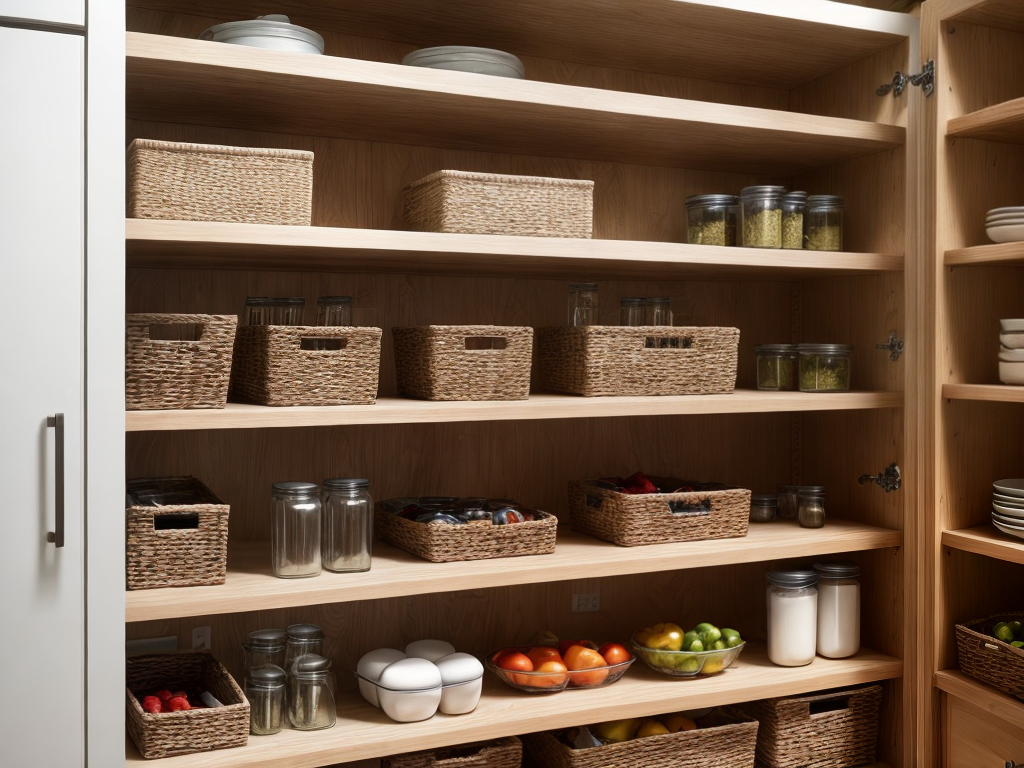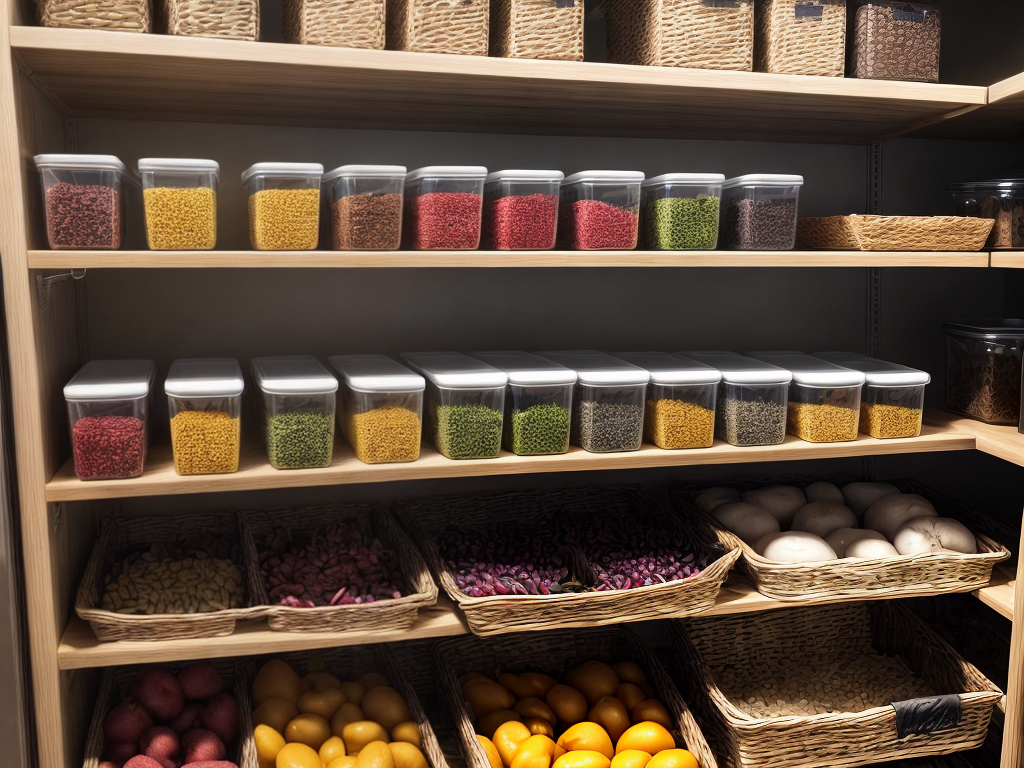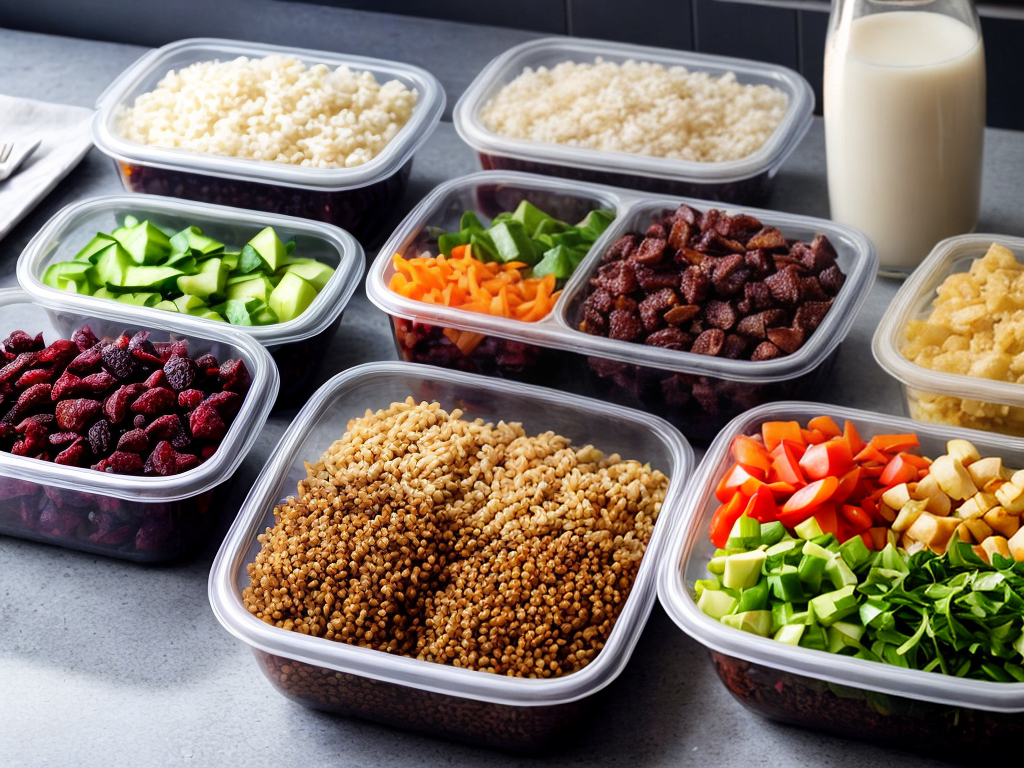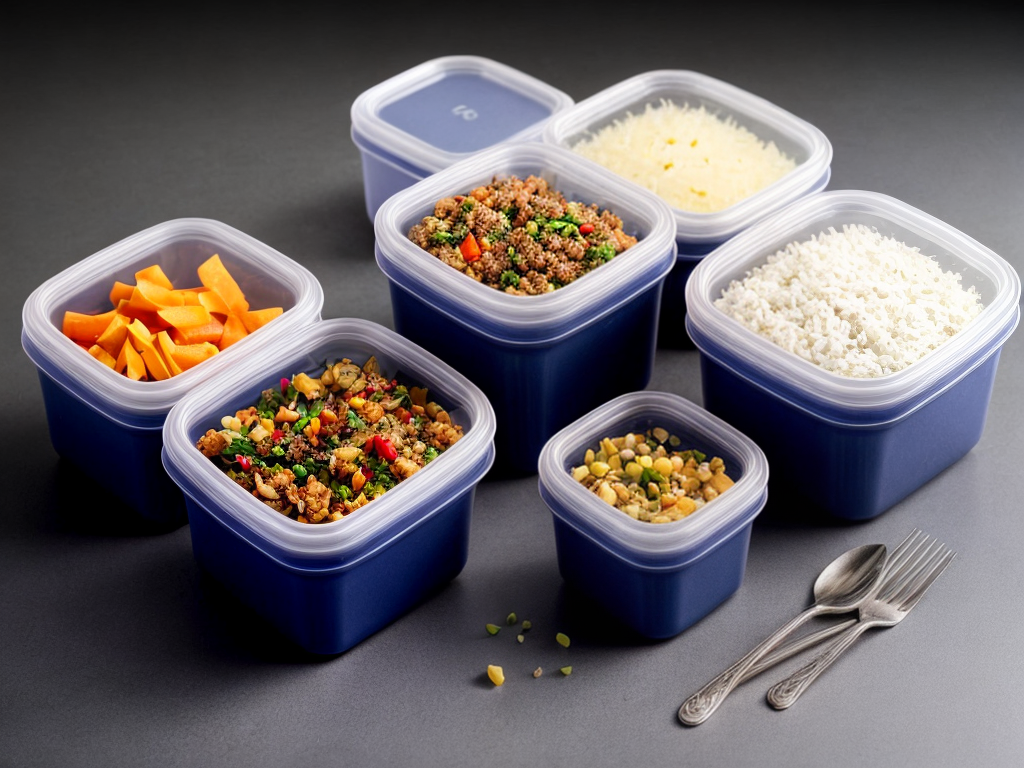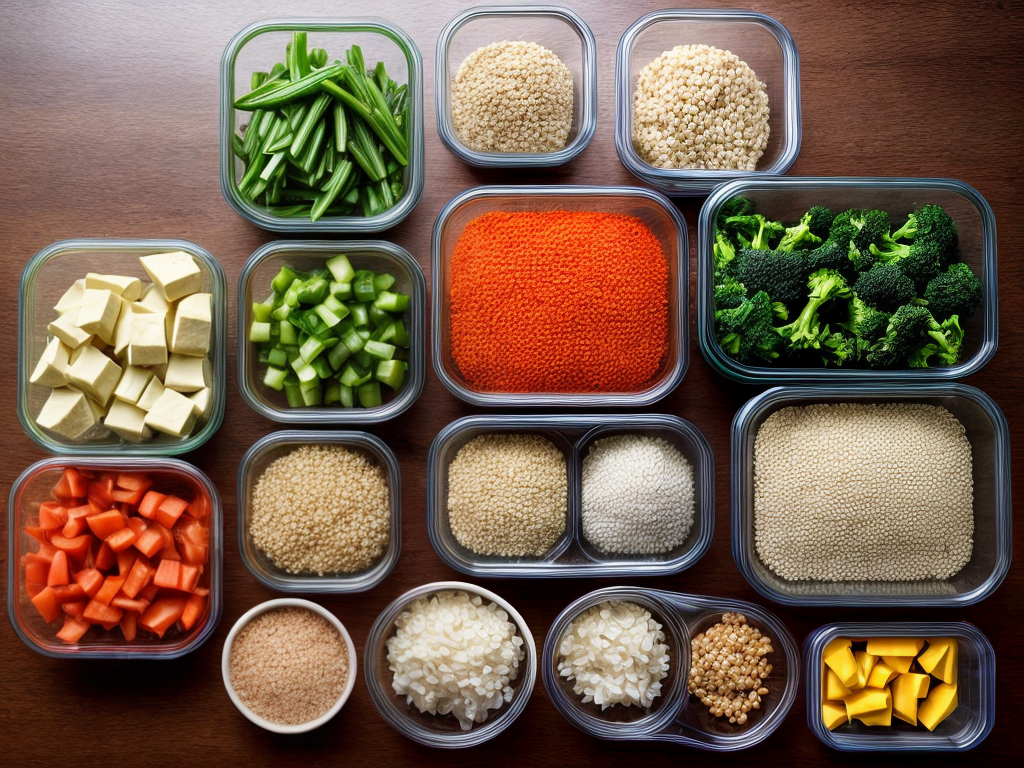
Like a compass guiding us through the vast ocean of kitchen products, choosing eco-friendly options can be a daunting task. With countless options flooding the market, it’s important to know what to look for. From material sustainability to energy efficiency, water conservation to packaging and waste reduction, there are key factors to consider when selecting eco-friendly kitchen products. But how do we navigate this sea of choices and make the best decision for our planet? Join me as we explore the essential criteria to ensure that our kitchens are not only functional but also environmentally conscious.
Material Sustainability
When considering eco-friendly kitchen products, it is essential to prioritize material sustainability. This means choosing products that are made from renewable resources, such as bamboo, cork, or reclaimed wood. These materials have a lower environmental impact compared to traditional options like plastic or metal.
Renewable resources are those that can be replenished at a rate that is equal to or faster than their consumption. Using renewable materials in kitchen products helps to reduce the depletion of natural resources and minimize the carbon footprint. Bamboo, for example, is a popular choice for cutting boards and utensils because it grows quickly and can be harvested without killing the plant. Cork, on the other hand, is harvested from the bark of cork oak trees, allowing the tree to continue growing and absorbing carbon dioxide.
Considering the environmental impact of kitchen products is crucial in our pursuit of a sustainable lifestyle. By opting for materials that come from renewable resources, we can help preserve the planet’s natural resources and minimize waste. Choosing eco-friendly kitchen products made from renewable materials is a responsible choice that contributes to a greener future.
Energy Efficiency
To ensure a more sustainable kitchen, prioritizing energy efficiency is crucial. Investing in energy-efficient appliances is a smart choice that not only reduces your carbon footprint but also saves you money on utility bills. Look for appliances with the ENERGY STAR certification, as they meet strict energy efficiency guidelines set by the U.S. Environmental Protection Agency and Department of Energy. These appliances are designed to use less energy without sacrificing performance. When shopping for appliances, consider those that have advanced features like smart technology, which allows you to control and monitor energy usage. Additionally, consider incorporating renewable energy sources into your kitchen. Installing solar panels on your roof can generate clean and sustainable energy to power your appliances. Not only will this reduce your reliance on fossil fuels, but it can also lead to significant savings in the long run. By prioritizing energy efficiency and renewable energy, you can create a kitchen that is not only eco-friendly but also cost-effective.
Water Conservation
Water conservation is essential for creating an eco-friendly and sustainable kitchen. By implementing water-saving practices and utilizing innovative technologies, we can reduce water waste and contribute to a greener environment. Here are five key ways to conserve water in your kitchen:
-
Install smart faucets: Smart faucets are equipped with motion sensors or touchless technology, allowing water to flow only when needed. They automatically shut off after a designated period, preventing unnecessary water usage.
-
Practice efficient dishwashing: Opt for energy-efficient dishwashers that use less water per cycle. Additionally, consider scraping off food scraps instead of rinsing them off before loading the dishes, as this can save significant amounts of water.
-
Utilize rainwater harvesting: Install rain barrels or tanks to collect rainwater from your roof. This water can be used for various purposes in the kitchen, such as watering plants or cleaning.
-
Fix leaks promptly: Leaky faucets and pipes can waste a significant amount of water over time. Regularly inspect and repair any leaks to prevent unnecessary water loss.
-
Use water-saving appliances: Look for kitchen appliances, such as refrigerators and dishwashers, that are labeled as water-efficient. These appliances are designed to use less water while still providing optimal performance.
Packaging and Waste Reduction
To create an eco-friendly and sustainable kitchen, it is important to address packaging and waste reduction. Sustainable sourcing should be a priority when choosing kitchen products. Look for companies that prioritize using materials that are renewable, such as bamboo or recycled materials. Packaging plays a big role in waste reduction, so opt for products that have minimal packaging or packaging that is made from recycled materials. Additionally, consider compostable options for packaging, such as biodegradable bags or containers made from plant-based materials. These options can help reduce waste and minimize the impact on the environment.
When it comes to waste reduction, it’s important to consider the entire lifecycle of a product. Choose products that are designed to last and are made from durable materials. This helps to reduce the need for frequent replacements and ultimately reduces waste. Additionally, consider products that are designed to be repaired or have parts that can be replaced, rather than throwing the entire item away.
Certifications and Labels
Certifications and labels provide valuable information about the eco-friendliness and sustainability of kitchen products. When shopping for eco-friendly kitchen products, it is important to look for certain certifications and labels that indicate the product’s commitment to fair trade and organic farming. Here are five important certifications and labels to look out for:
-
Fair Trade Certified: This label ensures that the product was made with fair labor practices and that the farmers received fair prices for their goods. By choosing Fair Trade Certified products, you can support sustainable livelihoods for farmers and workers.
-
USDA Organic: This certification guarantees that the product was produced without the use of synthetic fertilizers, pesticides, or genetically modified organisms. Choosing USDA Organic products helps promote healthier soil, water, and air.
-
Forest Stewardship Council (FSC): The FSC label indicates that the product was made from sustainably managed forests. By choosing FSC-certified products, you can support responsible forest management and help preserve biodiversity.
-
Energy Star: This label is found on energy-efficient appliances and indicates that the product meets strict energy efficiency guidelines. By choosing Energy Star appliances, you can reduce your energy consumption and lower your carbon footprint.
-
Certified B Corporation: This certification is given to companies that meet rigorous standards of social and environmental performance, accountability, and transparency. By choosing products from Certified B Corporations, you are supporting businesses that prioritize people and the planet.
Conclusion
In conclusion, when looking for eco-friendly kitchen products, it is important to prioritize material sustainability, energy efficiency, water conservation, packaging and waste reduction, as well as certifications and labels. By choosing products that meet these criteria, we can make a significant impact in reducing our carbon footprint and promoting a more sustainable lifestyle. So let’s make conscious choices and invest in kitchen products that are not only good for us but also for the environment.

